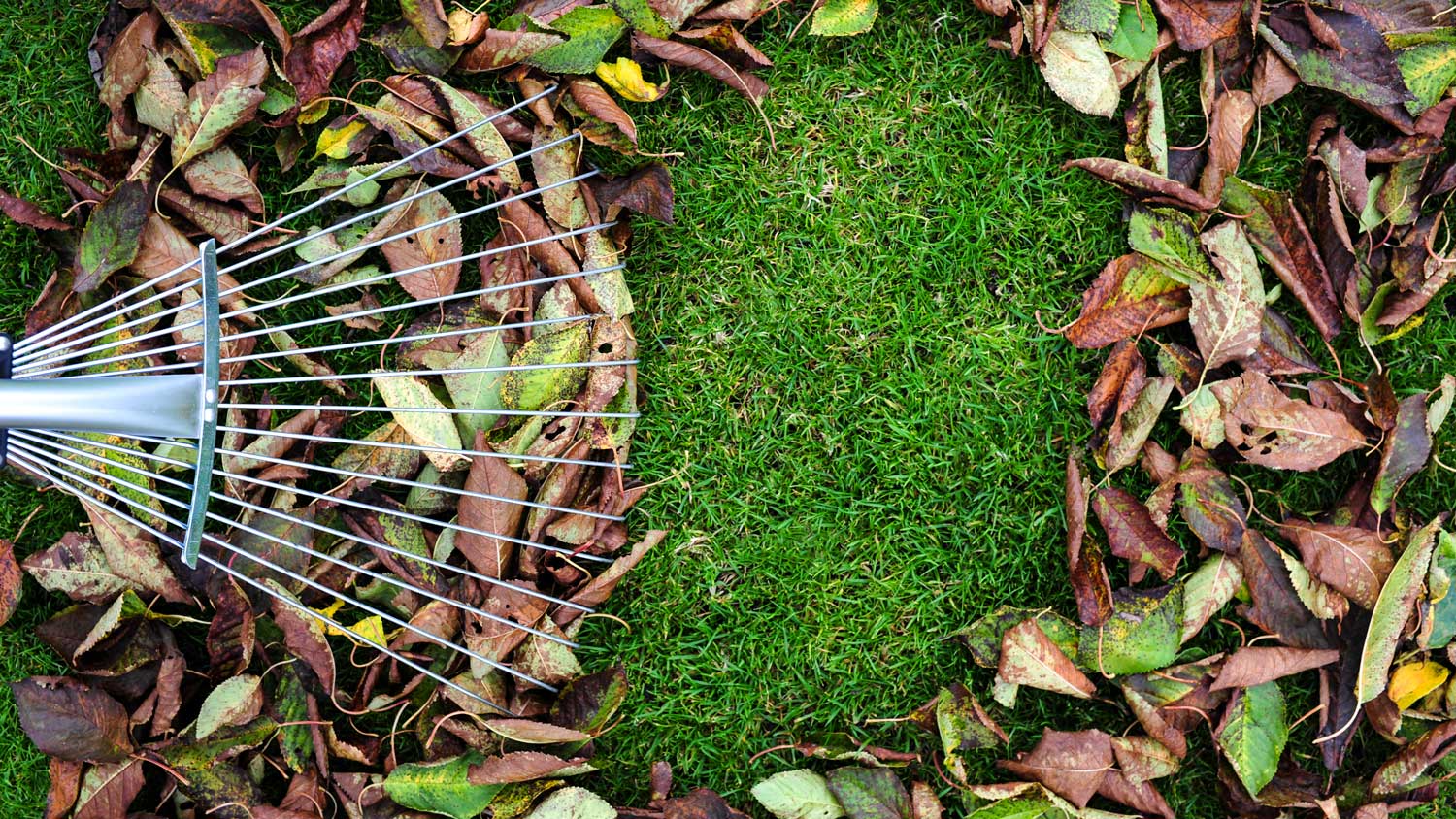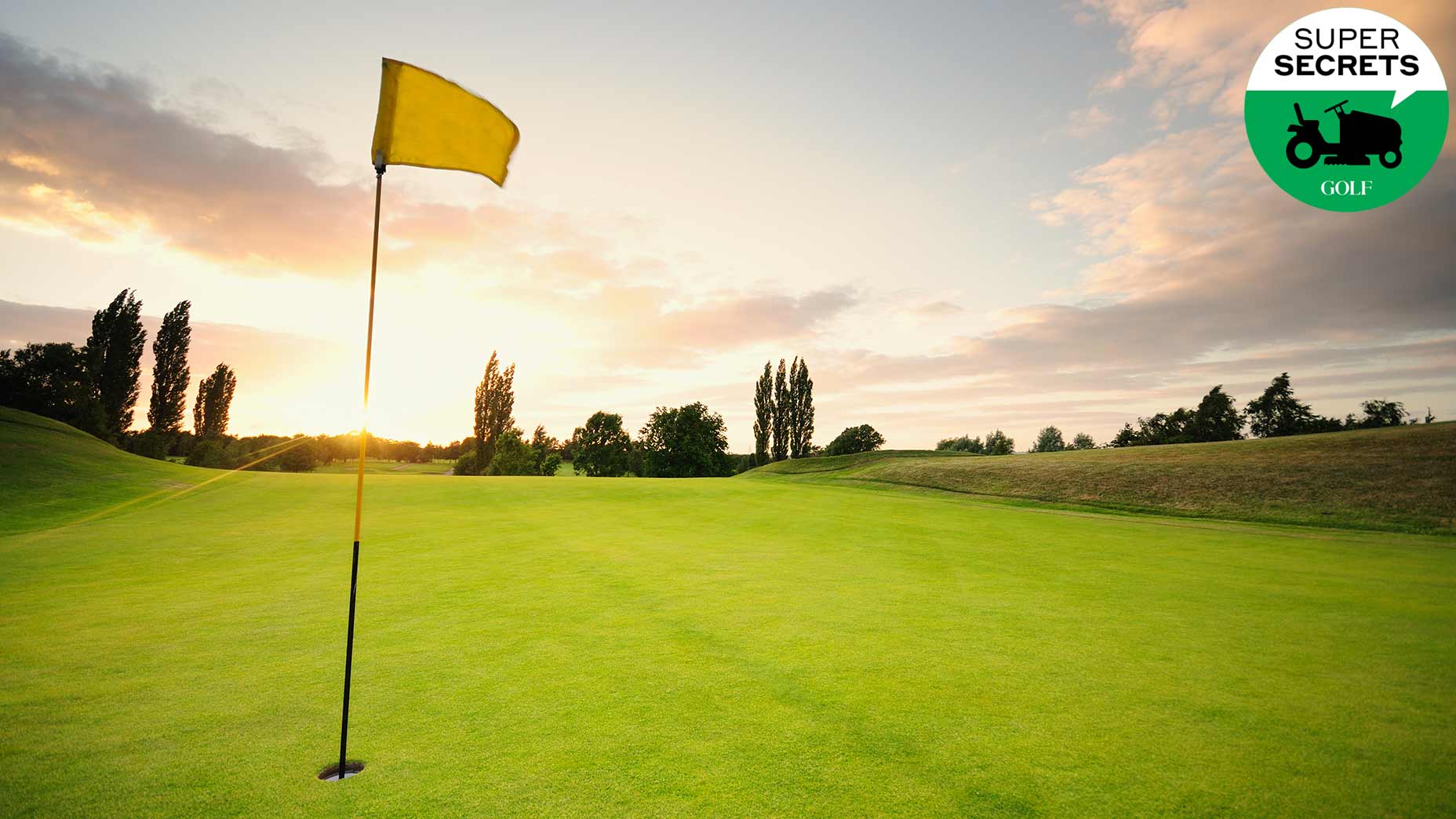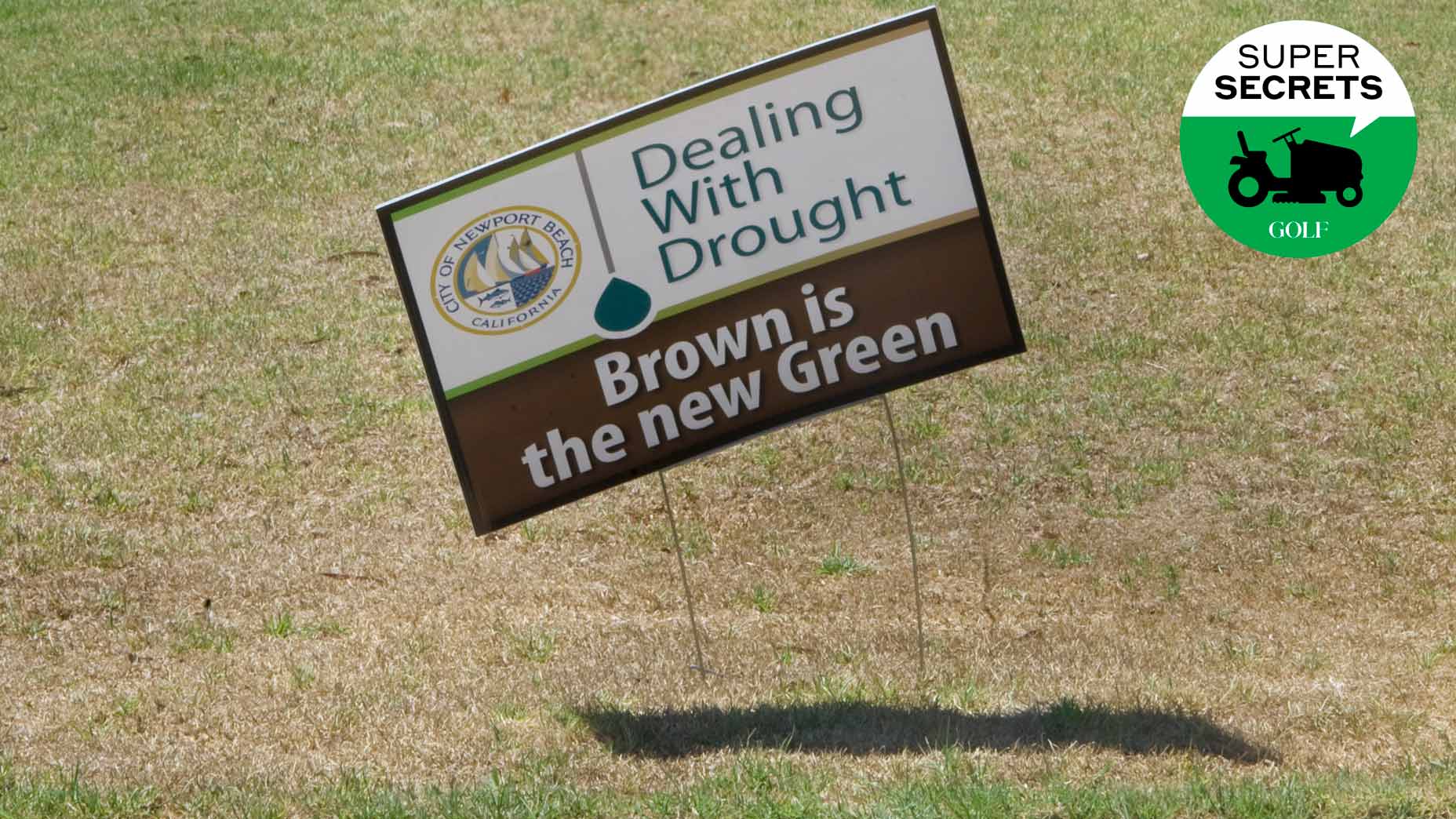10 essential gardening tools every homeowner needs, according to an expert

You can't feed your lawn without a spreader.
getty images
Welcome to Super Secrets, where we pick the brains of the game’s leading superintendents. By illuminating how course maintenance crews ply their trades, we’re hopeful we can not only give you a deeper appreciation for the important, innovative work they do but also provide you with maintenance tips that you can apply to your own little patch of paradise. Happy gardening!
***
Lawn care is like golf: there’s always something you could be working on.
And always some kind of implement you need.
Ryan Bourne is the former superintendent at Terradyne Country Club, in Andover, Kans., and a longtime member of the Golf Course Superintendents Association of America who now works in the chemical fertilizer business. In his spare time, he volunteers at a local high school, tending to the baseball field, “just to get my mowing and details fix in,” he says. That is, when he isn’t busy fussing over his own yard.
With the holidays approaching, we asked Bourne to help compile a list of 10 essential tools for the lawn-care obsessive in your life. Who knows? That person could be you.
Lawn Mower
Duh. But which kind? A lot of this comes down to the amount of free time you have at your disposal and the amount of grass you have under your care. Bourne’s own lawn is about 7,000 square feet, which is “pretty much average,” he says, for the part of Kansas where he lives. He uses a standard motorized walk-behind mower with a rotary blade.
But a lot of his neighbors have ride mowers, which can do the same job in a fraction of the time. Ride mowers are also great for creating pretty patterns in your yard, like the stripes and checkerboards you often see on fairways. The only problem, Bourne says, is that a lot of homeowners tend to mow over and over in the same pattern, which can be self-defeating as it damages the grass.
“You want to mix your mowing patterns up,” he says. Walk-behind mowers aren’t good for creating mowing patterns, Bourne says, but if stripes or checkerboards are really what you want, you can invest in a roller kit and attach it behind your mower. That roller will get the grass laying in whichever direction you mow, creating different shades of green — and the patterns that you want.
Smart Irrigation Control System and/or a Rain Sensor
Along with a mower, these time and water-savers are about as vital a purchase as you can make, Bourne says. Unlike the old plastic-timer systems, smart controllers adjust automatically according to the season, temperature and local weather conditions (“You just put it set it and forget it mode,” Bourne says). They’re also app-enabled, so you can tell them what to do from wherever you are. And most are easy to attach to whatever irrigation system you have.
Battery-Powered Leaf Blower
Lighter in weight, more energy efficient and nowhere near as loud as your grandpa’s old gas-powered leaf blower, these newer models will help you rid your lawn of leaves without inspiring the wrath of everyone around you. The best ones also have vacuum settings and attachments that suck up leaves and turn them into mulch.
Weed Wacker/Edger
For those hard-to-mow areas near fences or around trees. And for nice clean lines that give your yard extra “curb appeal.”
Staff picks: For golfers on the go
Shop NowOne-Gallon Hand Sprayer
For quick, targeted zapping of weeds.
Lawn Spreader
These walk-behind getups help ensure the even application of products like fertilizer and weed killer, as well as the uniform scattering of seeds. The trick, Bourne says, is to make sure yours is calibrated correctly with whatever product you’re using. Simply going by the guidelines on a bag of fertilizer, for instance, can be problematic.
“The instructions might say, ‘Put it on setting 5’ when that setting is for someone who walks 3 miles an hour and you walk 3-and-a-half miles an hour,” Bourne says. Throw in the fact that granular fertilizer itself comes in different sizes, and you can easily wind up applying too much or too little of a product. Bourne suggest consulting with an expert at your local lawn-care or home-improvement store to help get your calculations right.
Power Rake
OK, maybe not for purchase, Bourne says, unless you’re among the hardest of the hardcore yard-care fanatics and you feel like spending upward of $1,500 (Yep, Bourne owns one). But he says that they’re worth renting a couple of times a year. Bourne uses his in the spring and fall to break up thatch in his yard, an important cultural practice that helps promote the free flow of air and nutrients through the root zone.
Aerator
As with a power rake, it takes an especially devoted lawn-lover to purchase one of these. But if the ground around your home is seriously compacted from heavy use, aeration can work wonders. Machines for home use are available to buy or rent. If you’re in a whimsical mood, you might even try aeration shoes — footwear with long metal spikes that poke into the soil as you walk across it. Bourne says he’s never tried them, so he can’t vouch for them. But they look like fun.
Noise-Cancelling Headphones or Earbuds
So you can blot out the sounds of a mower engine, and listen to the strains of your favor tunes instead.
Cooler
“Filled with ice and beer, and kept close by,” Bourne says.
















